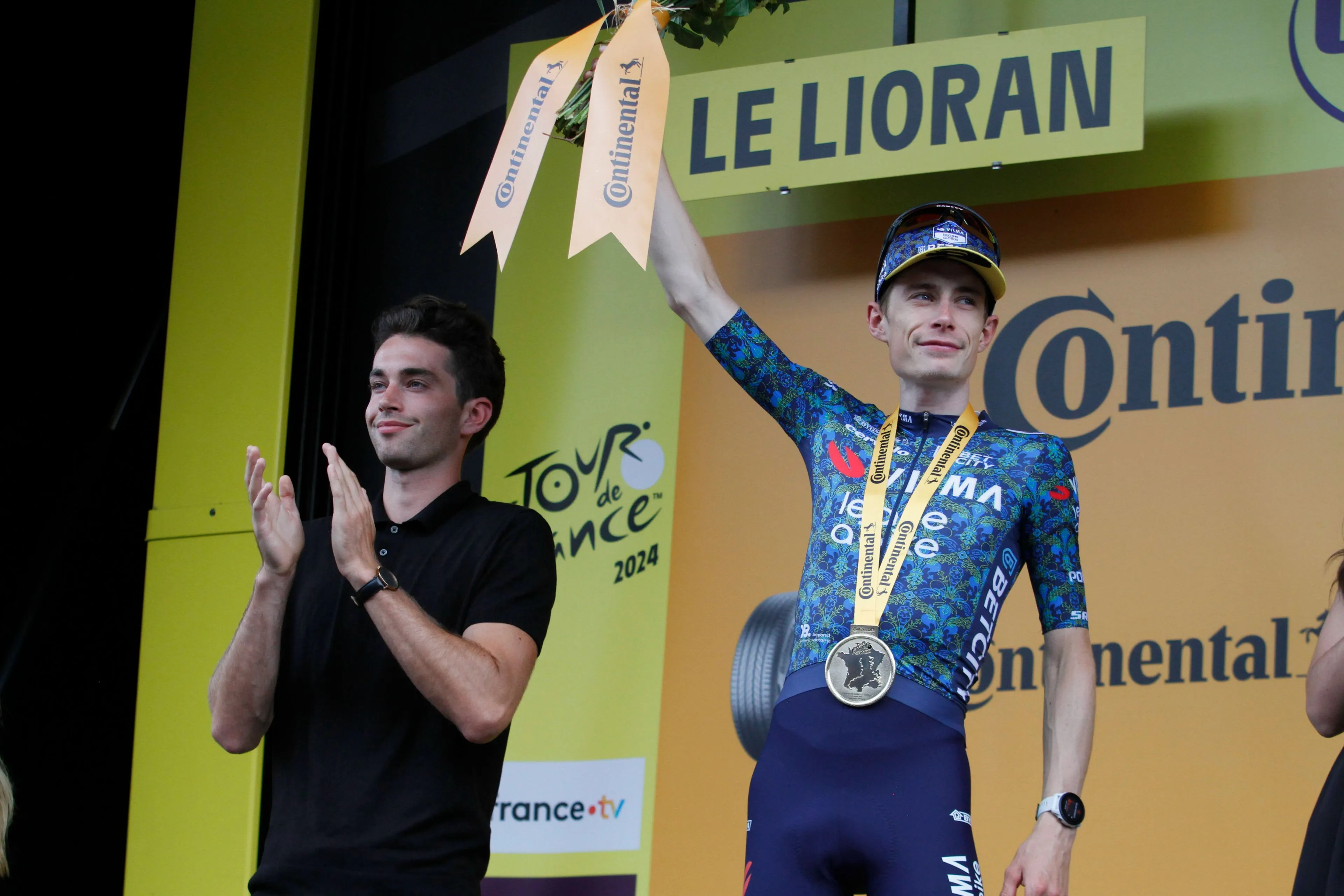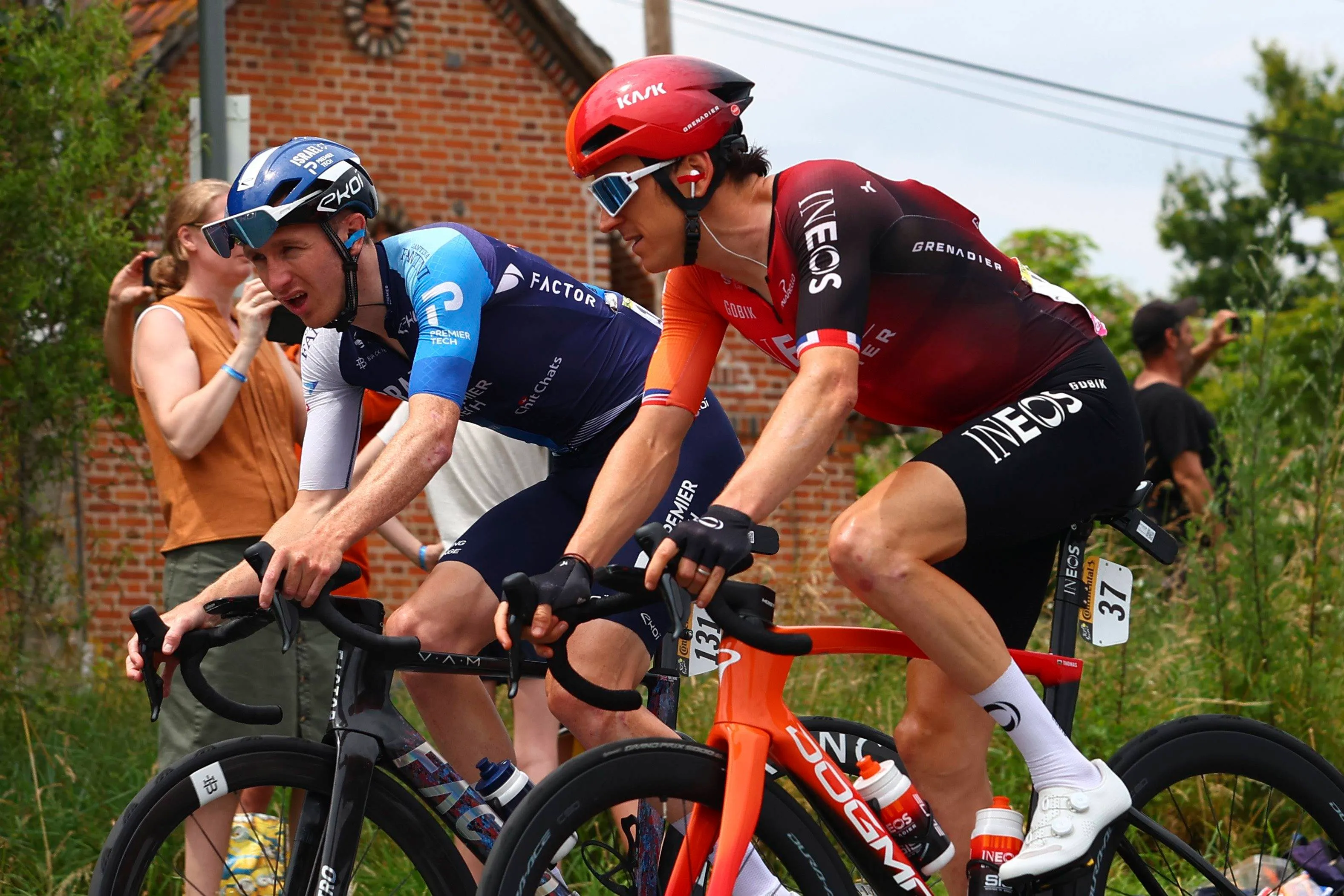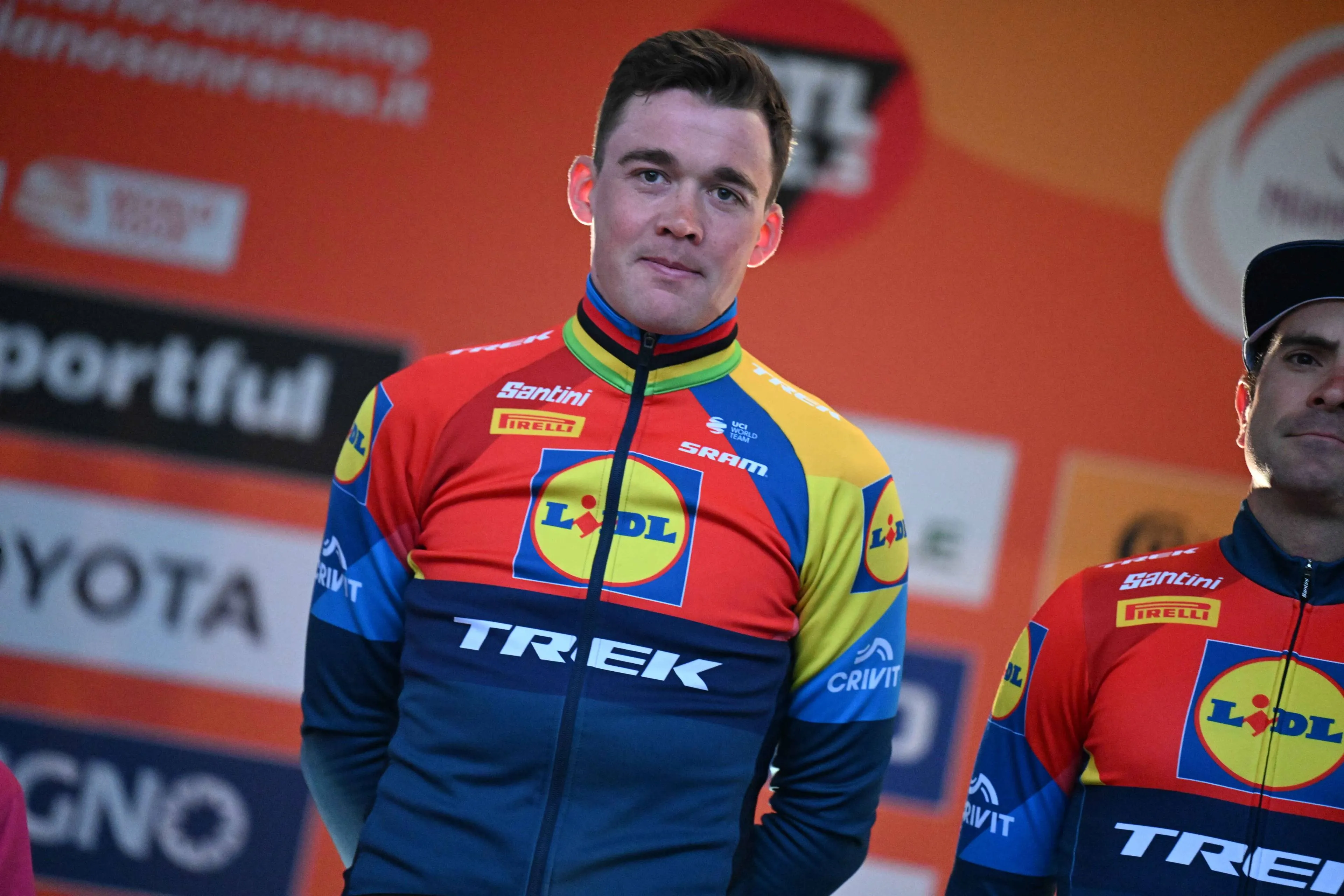ANALYSIS | From solo to team: How cycling teams have evolved over the last 100 years
CyclingMonday, 02 December 2024 at 11:18

Professional cycling has undergone a complete transformation
since the inaugural Tour de France in 1903. Aside from the obvious advancements
in technology and performance, the evolution of the teams, including their financial
structures, sponsorship models, and support systems, has transformed the sport
into something completely unrecognisable to what it was like 100 years ago.
From the independence of early riders to the corporate-like machine
of today’s teams, today we’re going to explore just how much cycling teams have
changed in the past 100 years, and why it is now very much a team sport. And
we’re wondering, who would be the sport’s number 1 if cycling was still such an
individual sport?
Read also
Humble beginnings
The first Tour de France was as raw as it could have
possibly been. Imagine a rider now entering the Tour on his own, with no
mechanic or nutritionist, let alone a team bus, to support him along the way.
There’s just about no chance they’d make it to Paris, but one hundred years ago
cycling was very much a solo sport.
Participants relied entirely on themselves to navigate the 2,428
kilometres course spread across six stages. Equipment was rudimentary, roads
were poorly maintained, and riders often carried their own spare parts and
food. We can’t imagine Tadej Pogacar or Jonas Vingegaard would fancy carrying a
spare wheel with them through the Pyrenees. Victory was not only a matter of
physical strength, but also a test of just how resourceful a rider could be.
For most, the primary motivation was personal glory, as the modest prizes
offered by race organizers provided very little financial incentive.
Read also
What changed?
By the 1930s, the landscape of professional cycling had begun to change. Teams organised by national federations became common in
events like the Tour de France, and for the first time, riders could depend on
a level of external support. These teams were often funded by bicycle
manufacturers and local businesses, marking the beginning of sponsorship in
cycling. Still, resources were limited, and riders frequently handled their own
repairs, nutrition, and logistics. Success remained largely an individual pursuit,
with teamwork and external assistance playing only a minimal role. But things
were about to change.
The post-war era brought significant advancements in team’s
structure and their resources. The introduction of trade teams, backed by
commercial entities, ushered in a new era of professionalism that cycling had
never seen before. By the 1970s, cycling teams began to operate with a level of
organization that reflected the growing commercial interest in the sport, and sponsors
saw the potential for brand exposure through televised races and iconic events
like the Tour de France.
Read also
Teams expanded to include the roles we are now familiar
with, such as directors, mechanics, and soigneurs, offering riders strategic
guidance, technical support, and physical care throughout races. Innovations
such as the team car allowed managers to provide real-time assistance and
tactical advice during races, dramatically changing the sport's dynamics.
Modern cycling teams have elevated professionalism to an
entirely new level, resembling multinational corporations in their scale and
operation. Budgets for top teams like the INEOS Grenadiers and UAE Team
Emirates now exceed $50 million annually, with a significant portion funded by
title sponsors. According to reports from the UCI, sponsorship accounts for up
to 70% of a professional team’s budget, underscoring the commercial nature of
contemporary cycling. We’re now at a point the sport where a main priority for
a team is winning sponsors, or they’re simply never going to make their way to
the front of the peloton. At the same time, teams must also prioritise UCI points to either secure or gain their WorldTour license, and it is incredibly difficult to do this without substantial financial backing from sponsors.

Modern teams like UAE Team Emirates are unrecognisable from the original grand tour squads. @Sirotti
Today’s teams are also far larger and more specialised than those
of yesteryear. A typical WorldTour team employs not only riders but also a wide
array of support staff, including not just those you see in the team car, but
also nutritionists, physiologists, and sports scientists. These experts analyse
data from training sessions and races to refine strategies and maximize
performance. The introduction of power meters, wearable technology, and
advanced communication tools has further revolutionized how teams operate,
allowing them to make data-driven decisions in real time. Some of these words
and ideas would have been completely foreign to even the most prepared riders a
hundred years ago.
Read also
Then there’s the role of the media, whose involvement in
cycling cannot be underestimated. Teams now employ dedicated communications
staff to manage their social media presence, interact with fans, all to ensure
they’re keeping their sponsors happy and attracting new sponsors on board. In
the early days of cycling, media coverage was limited to race reports in
newspapers but today, live broadcasts are just the bare minimum fans expect. A
fan will pick up their phone, open up social media, and can interact with their
favourite riders on their or watch behind-the-scenes documentaries to bring
them even closer to the action than ever before.

How would Tadej Pogacar, Jonas Vingegaard, and Remco Evenepoel do at the Tour de France without a team behind them? @Sirotti
Comparing the first Tour de France to what we see today is
quite literally like comparing two different sports. Ok, you could say the same
about most sports, but when you actually look deeper, cycling is one of the
ones that has changed the most. It was once a true solo sport, it’s now one
where it’s impossible to compete without a team of hundreds of staff.
In 1903, riders often competed individually or in loosely
organised teams with minimal resources. Today, teams consist of up to 30 riders
supported by extensive staff and operate on multi-million-euro budgets. The
integration of support systems, from team chefs to medical staff, highlights
how far the sport has come in prioritizing rider well-being and as well as
performance. It’s certainly come a long day since a can of coke and cigarettes
would do the trick!
It is difficult to comprehend quite how much preparation goes in to one race. Within just one team, managers and bosses have to draw people together from every corner of the world, creating a logistical nightmare as they try to organise hundreds of people around one goal: to win. And we've barely even touched on the technological and scientific aspects of the sport, as sports scientists and team doctors are constantly discovering new ways to enhance riders performance, training and recovery. Of course, scenarios like the current carbon monoxide controversy put a dark cloud on this aspect of the sport, but for the most part, sports science is a remarkable reflection of human evolution.
Read also
Despite these advancements, the essence of cycling remains
unchanged: it is still a test of just how far someone can push themselves on
the bike. However, the ways in which riders prepare for the ultimate physical
test have evolved significantly. Marginal gains, a philosophy popularized by
teams like the INEOS Grenadiers encapsulate the modern approach to performance.
Teams now analyse every possible factor, from aerodynamics to sleep patterns,
in their quest for victory. This meticulous attention to detail would have been
unthinkable in the early 20th century, but now you absolutely cannot go without
it.
One of the most striking aspects of modern cycling is the
level of collaboration and communication within teams. When we watch Tadej
Pogacar on our tv screens ripping up the peloton with an attack, there’s so
many bodies behind the scene that make that possible. Yes, he’s got incredible
talent, but could he have done that without a team behind him? Absolutely not.
Many fans would love to see a Tour de France free for all,
where it was every man for themselves with no team in the background to offer
support. And that’s where we leave this article; who would be the best in the
peloton if they had to do it all themselves?
Read also
claps 0visitors 0
Just in
Popular news
Latest comments
- Remember, he's not just Pogacar. He's a god, sent from the heavens.
 santiagobenites05-01-2026
santiagobenites05-01-2026 - Good lord, of course it’s Pogacar. The point of this post was to praise Roglic, and sometimes people deserve their time In the spotlight.RidesHills05-01-2026
- ICYMI they did also sign a better rider, namely Juan Ayuso. Not a team player, but outstanding rider.mobk05-01-2026
- yes they is the biggest issues i was disappointed in. look i not a bit fan of Ayuso because of attitude at times but he stuck the race out ... Lidl-Trek appear to be a harmonious team ,men and womens ,men lead by MP. the team managers will have to live by their decisions.Davide04-01-2026
- But he'd still be mid-contract if he left now? Maybe he hoped to sort it out before getting married and make a fresh start.Hills3304-01-2026
- I had the opportunity to meet Derek. He's down to earth and quite friendly. I wish him well at Lidl-Trek if he indeed ends up there.
 santiagobenites04-01-2026
santiagobenites04-01-2026 - A traitor. If he saw out the year at IPT and left now I'd understand. But to leave mid season and mid contract on your team that put you in this spot is snake worthy.YJKauf1304-01-2026
- Why do Remco and Ayuso act like they're first challengers to Pogi at the Tour and Monuments, and that they're just a little short of being on the same level as Pogi the GOAT? There's a saying: "First jump then say hop" but it's possible that these two egotistical fools haven't heard of it.NikkoNicco04-01-2026
- The latest research by Gazzetta dello Sport says: for 2026, UAE have a budget of 50 million, Visma 50 million, Lidl, RedBull and Ineos 45 million. This figure includes everyone's salaries plus other current expenses. And some fools still claim that UAE is destroying the sports of cycling because of money?NikkoNicco04-01-2026
- Quite a common thing in cycling no?Mistermaumau04-01-2026
Loading
Write a comment













